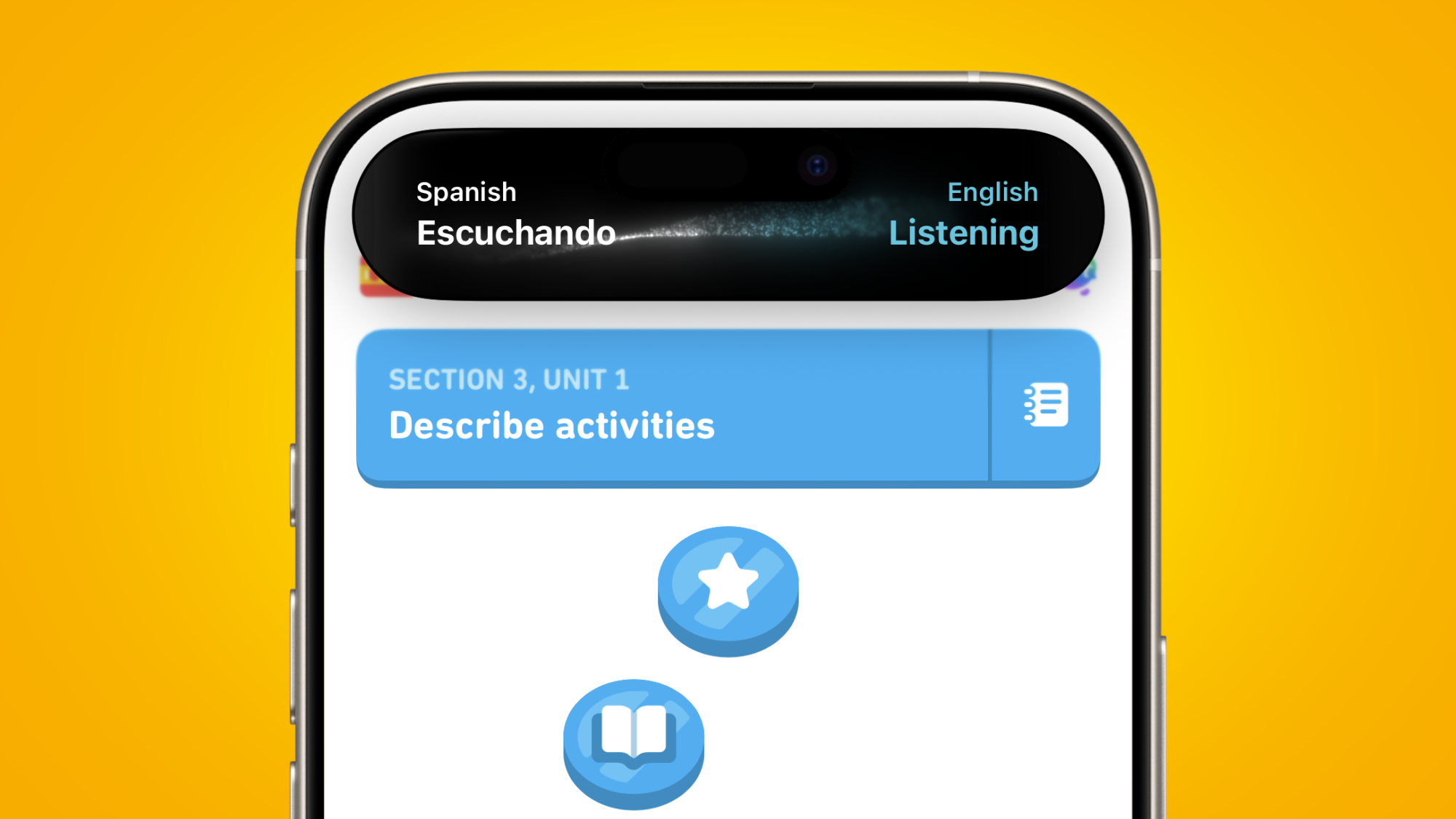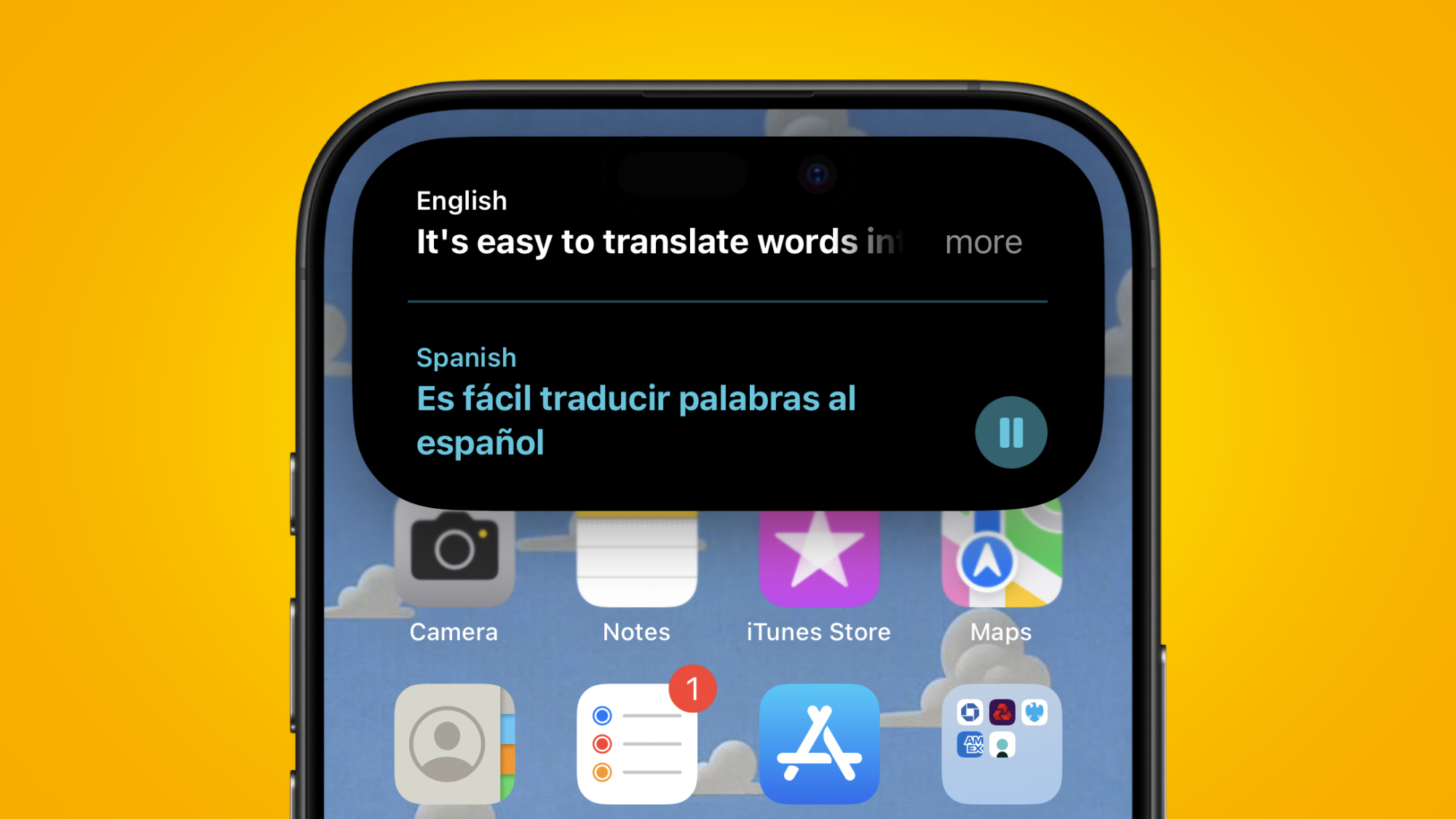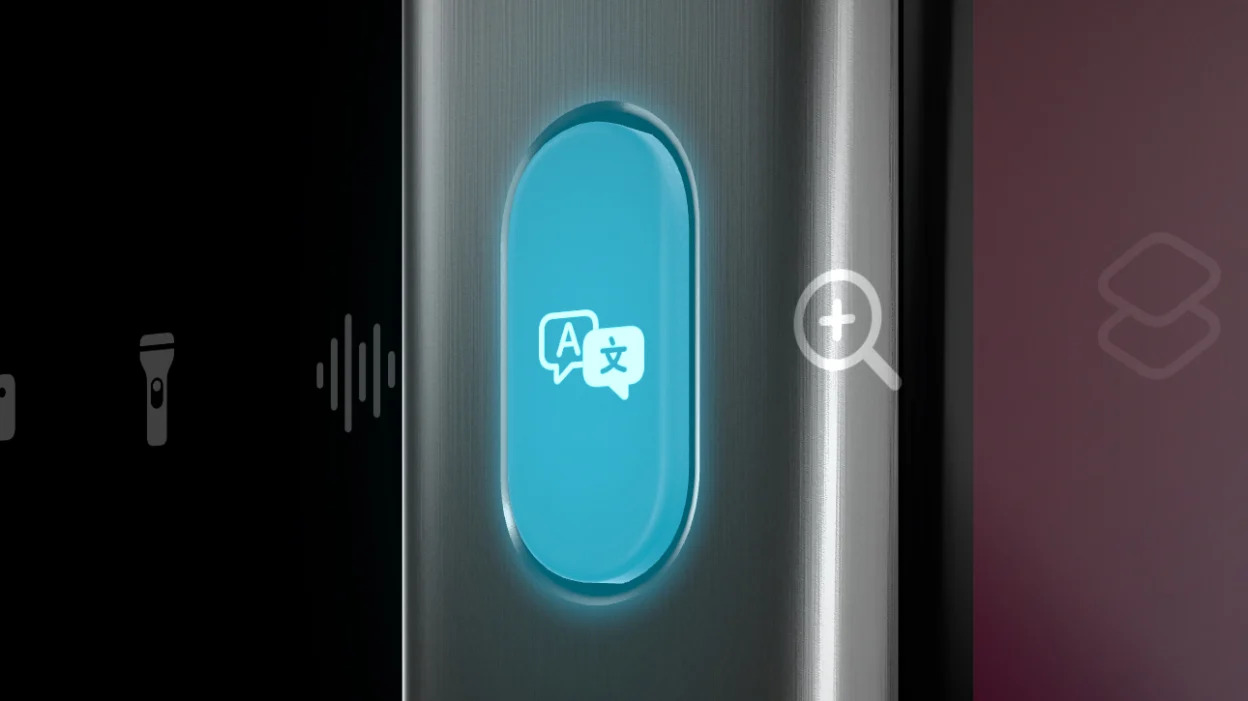This overlooked iPhone feature helped me level up my Duolingo learning – here's how
Once you start translating with the Action button, you won’t stop

The most annoying person you know has a four-figure Duolingo streak, but don’t let that cloud the fact that Duolingo is, without doubt, the world’s best language learning app.
With just shy of 100 million monthly active users, Duolingo has democratized the experience of learning a language like no other platform before it. But if you’re serious about becoming fluent in a new tongue, two minutes of daily, peer-pressure-induced Duolingo learning just won’t cut it.
Everybody knows that practicing with native speakers, watching foreign-language films, and taking in-person classes are all excellent supplements to using Duolingo, but if you’re the proud owner of one of the best iPhones, I urge you to start using your iPhone’s Action button, too.
Two years into learning Spanish, and the Action button on my iPhone 16 Pro has become crucial to my language-learning routine. Apple integrated its much-maligned Translate app into the Action button back in iOS 17.2, and since then, I’ve found myself regularly using the feature while studying at home or bumbling my way through real, actual Spanish cities.
With a single click of the Action button, I can trigger a translation session in the Dynamic Island (either from the Lock screen or Home screen), allowing me to quickly translate phrases into Spanish without needing to boot up the full-blown Translate app.

To do the same on your iPhone, head into Settings > Action button, then select Translate from the list of available Action button integrations.
Next, open the Translate app and select your language(s) of choice. Helpfully, it doesn’t matter which language you select as the ‘translate from’ option – when using the Action button, your iPhone will identify the spoken language and automatically translate that phrase into the other chosen language.
Sign up for breaking news, reviews, opinion, top tech deals, and more.
Lastly, if you head into Settings > Apps > Translate and download your languages of choice, you’ll be able to use this Action button shortcut offline, too (as long as your downloaded languages are selected as the two engaged options).
Second best, but seamless

People love to hate on Apple’s Translate app, and while I agree that Google Translate is the better platform, the integration between Translate and the Action button means you can get the answer you’re looking for much more quickly – especially important if you’ve only got a few seconds to ask a local, “Does this train go to the city center?”.
Translating via the Action button can also be a little buggy – not the translations themselves, per se, but the process of your iPhone recognizing that you’ve uttered a phrase. In my experience, the shortcut works smoothly 80% of the time, which is a hit rate I’m willing to accept when the alternative is a multi-step journey through apps and browsers.
To be clear: I use Translate via the Action button to remind me of single words or short phrases when the need arises. You certainly won’t become fluent in a language by speaking to locals through translation software, but having a little extra help in your pocket can boost your language-learning confidence.
I’m also just glad to have found a use for the Action button, period. Many iPhone-using folks still aren’t convinced by the new hardware feature, which was introduced with the iPhone 15 Pro in 2023, so I hope this article encourages more people to give it a try (find your niche, and all that).
As for the iPhone's translation capabilities more broadly, Apple announced a new Live Translation feature at WWDC 2025, which we recently put through its paces. It'll be baked into Messages, FaceTime, and the Phone app in iOS 26, so you'll soon be able to communicate with foreign language speakers much more easily (though if you're learning the language in question, be brave and put your own skills to the test first!).
You might also like

Axel is TechRadar's Phones Editor, reporting on everything from the latest Apple developments to newest AI breakthroughs as part of the site's Mobile Computing vertical. Having previously written for publications including Esquire and FourFourTwo, Axel is well-versed in the applications of technology beyond the desktop, and his coverage extends from general reporting and analysis to in-depth interviews and opinion.
Axel studied for a degree in English Literature at the University of Warwick before joining TechRadar in 2020, where he earned an NCTJ qualification as part of the company’s inaugural digital training scheme.
You must confirm your public display name before commenting
Please logout and then login again, you will then be prompted to enter your display name.